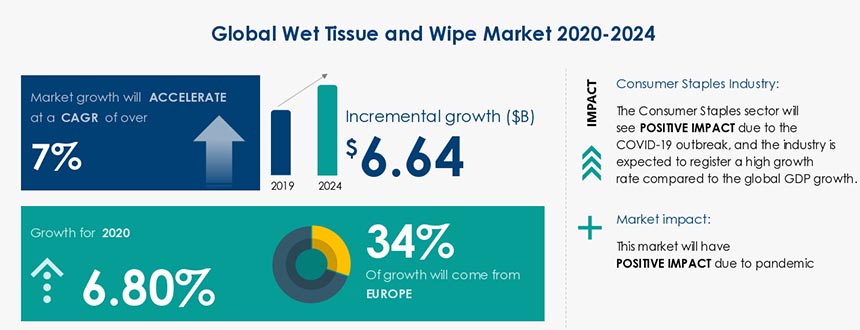Disposable wipes trends in next decade
Disposable wipes have been an increasingly popular household item for many years. These wipes are often used for cleaning surfaces, as baby wipes, and for personal hygiene. The popularity of these wipes has continued to grow, with many companies introducing new and innovative products. However, there are concerns about the environmental impact of disposable wipes, and this has led to increased efforts to reduce the use of these products. In this article, I will examine the future trends of disposable wipes.
Environmental concerns
One of the major trends in the future of disposable wipes is a growing concern for the environment. Many disposable wipes are not biodegradable and take many years to break down. They are also often found in landfills and can cause problems with clogging sewer systems. This has led to calls for greater regulation of disposable wipes, and many companies are now exploring more sustainable options.
One solution that is gaining traction is the use of biodegradable wipes. These wipes are made from materials that can break down naturally in the environment, reducing the negative impact on the environment. There are already several companies that are producing biodegradable wipes, and this trend is likely to continue to grow in the future.
Another solution is to encourage the use of reusable wipes. These wipes can be washed and used multiple times, reducing the amount of waste produced. This is already a popular option for baby wipes, with many parents choosing to use cloth wipes instead of disposable wipes. In the future, we can expect to see more companies promoting reusable wipes as a sustainable alternative to disposable wipes.
Innovation and new products
Despite the growing concern for the environment, the demand for disposable wipes is not likely to decrease. This is because many consumers value the convenience and ease of use that disposable wipes offer. As a result, we can expect to see continued innovation and the introduction of new products in the disposable wipes market.
One area where we can expect to see innovation is in the use of natural and organic materials. Many consumers are now looking for products that are more environmentally friendly, and wipes made from natural materials are becoming increasingly popular. For example, bamboo and cotton wipes are now widely available, and we can expect to see more products made from natural materials in the future.
Another area of innovation is in the use of different formulas for wipes. For example, we are already seeing wipes that contain natural oils and ingredients that are designed to be gentle on the skin. This trend is likely to continue in the future, with companies looking to develop wipes that are specifically designed for different uses and skin types.
The impact of the COVID-19 pandemic
The COVID-19 pandemic has had a significant impact on the disposable wipes market. The pandemic has led to increased demand for disinfectant wipes, as people look for ways to protect themselves from the virus. This has resulted in shortages of these wipes and increased prices.
In the future, we can expect to see continued demand for disinfectant wipes as people continue to take precautions against the spread of the virus. However, as the pandemic eases and vaccination rates increase, we can also expect to see a decrease in demand for these wipes. This could lead to a shift in the market, with companies focusing on other types of wipes.
Conclusion
In conclusion, the future of disposable wipes is likely to be shaped by a growing concern for the environment, continued innovation, and the impact of the COVID-19 pandemic. We can expect to see more sustainable options, such as biodegradable wipes and reusable wipes, becoming more popular in the future. At the same time, companies are likely to continue to innovate and introduce new products, including wipes made from natural materials and wipes with different formulas. Finally, the demand for disinfectant wipes is likely to remain high in the short term but could decrease as the pandemic eases.

